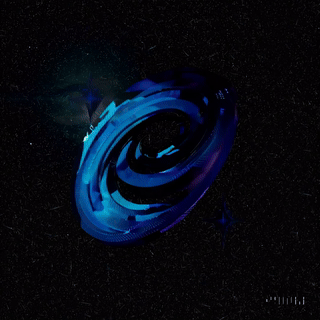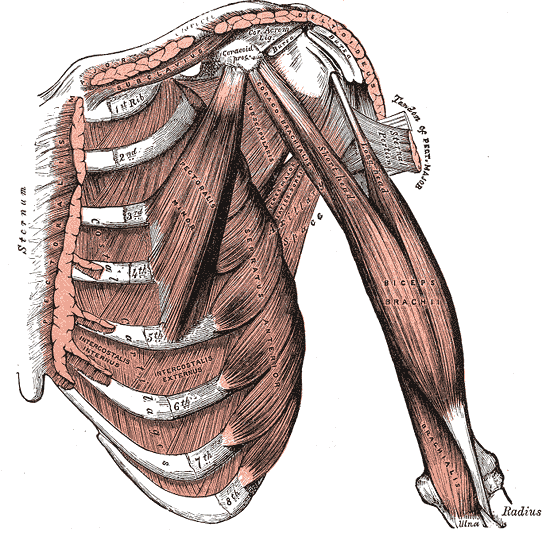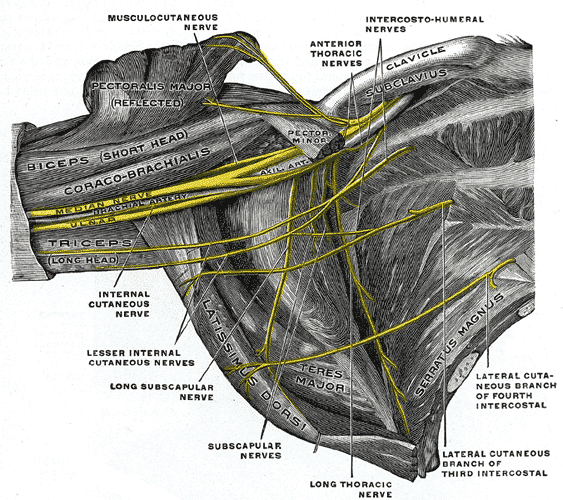Human Shoulder Anatomy and Physiology
There are 3 bones in the human shoulder, or glenohumeral joint; the humerus, the clavicle, and the scapula. These bones are stabilized by 15+ muscles, depending on how you count them. These muscles function to stabilize the joint. This is what allows you to type, swing, and grasp with utter precision. Homo sapiens shoulder is precisely mobile, but lacks the stability and strength of our great ape cousins.


